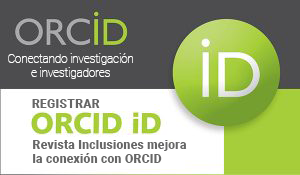LINGUOCULTURAL FEATURES OF INTERCULTURAL COMMUNICATION
Palabras clave:
Linguoculturology, Intercultural communication, Education, Language, Teaching, BehaviourResumen
The article is devoted to the linguocultural features of intercultural communication. Interacting language and culture are the subjects of linguoculturology. It is revealed that the complex and multidimensional nature of the relationship between language and culture, their relationships, interrelationships, mutual influence, and interaction in the human communication process has led to the emergence of a new complex scientific discipline of the synthesizing type. This discipline is directly related to the study of culture – linguoculturology. Linguoculturology studies a selected and organized set of cultural values in its special way, explores the living, communicative processes of speech generation and perception, the experience of a language personality and national mentality, provides a systematic description of the global language picture, and ensures the implementation of educational and intellectual learning tasks. Cognitive picture of the world determines strategies for building the world and discourse. Problems in cross-cultural communication can arise when formal coincidence, the equivalence of verbal units turns into quasi-equivalence at the content level.
Descargas
Publicado
Número
Sección
Licencia
Los autores retienen los derechos de autor y otorgan a Revista Inclusiones el derecho de publicación bajo Creative Commons Reconocimiento 4.0 Internacional (CC BY 4.0). Bajo esta licencia, cualquier usuario puede copiar, distribuir y reproducir el contenido en cualquier medio o formato, siempre que se cite adecuadamente al autor y a la revista como fuente original.











